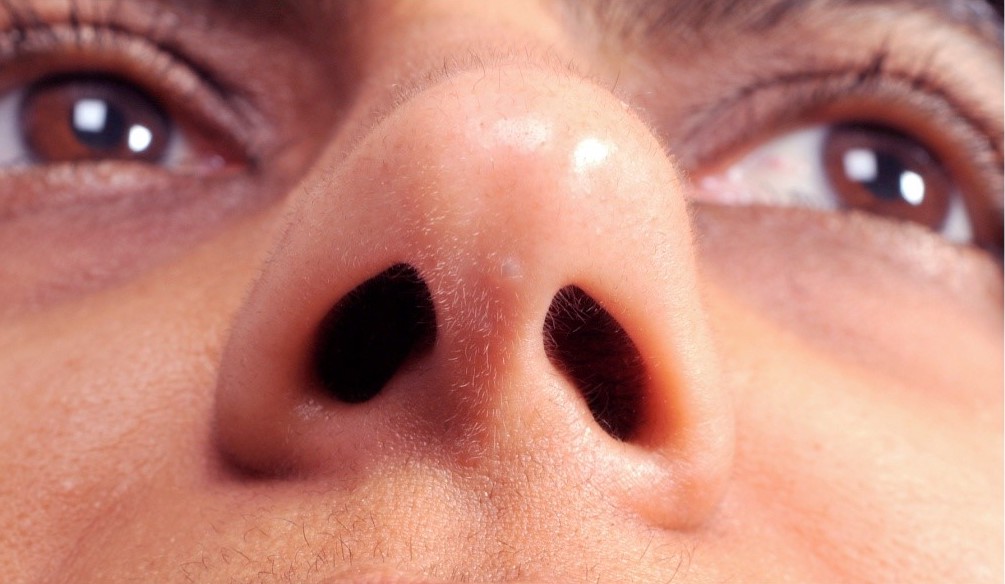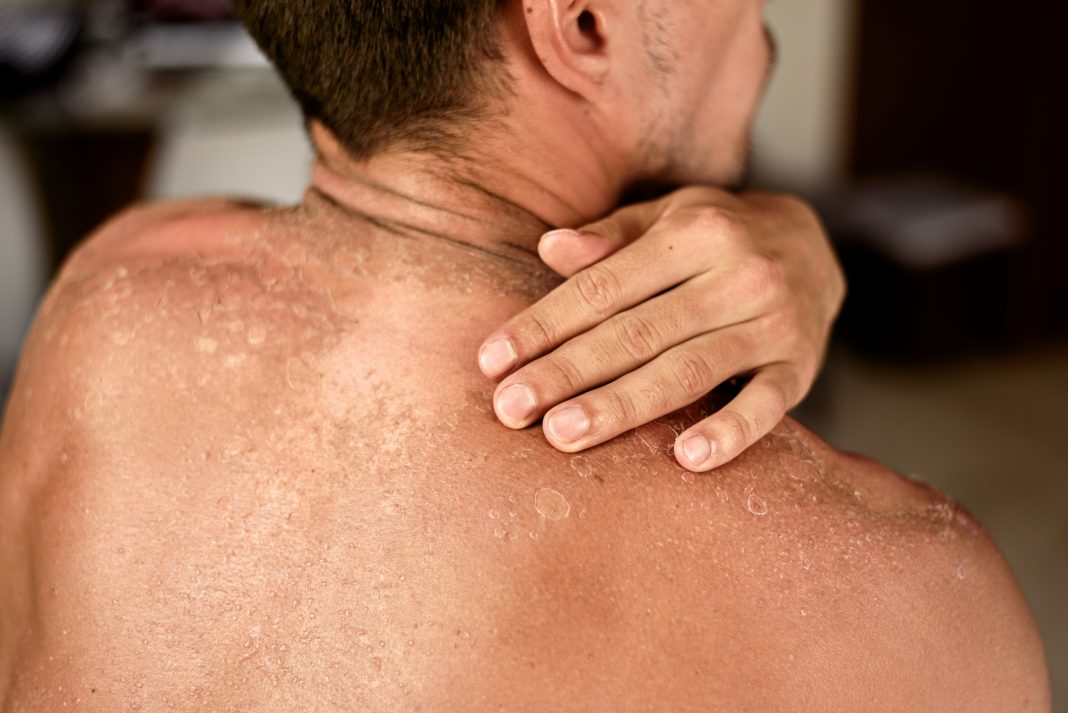In this last of a four part series, Chanda Siddoo-Atwal, President and Primary Biochemist of Moondust Cosmetics Ltd, explores the potential of the plant compound, resveratrol, as a cancer chemopreventive agent in the context of sunburn & skin cancer
Taking an excerpt from a chapter in “Comprehensive Clinical Oncology”, 2nd/3rd editions, this case study suggests that a genetic predisposition, such as susceptibility to apoptotic sunburn, can result in abnormal growth or “tumour” formation without proper sunscreen protection, as previously described. Scientific animal studies have shown that simply increasing the basal frequency of apoptosis (cell death) in murine skin cells can be linked to the development of squamous cell carcinomas in transgenic mice. A human skin cancer model is provided by albinos with pink skin and pink eyes, who are deficient in melanin production (the pigment that protects against UV radiation and apoptotic or “scientific” sunburn) and, as a result, they display an increased skin cancer incidence similar to albino mice. Previously, it has also been demonstrated in epidemiological studies that homozygous genetic polymorphisms in DNA repair proteins resulting in sunburn and a history of repeated painful sunburn are correlated with a higher risk for squamous cell carcinoma than the wild-type or heterozygotes [1].


Using a model with high susceptibility to scientific sunburn
In the first stage of this study, an experiment was conducted on a human subject highly susceptible to scientific sunburn involving cell death & peeling. The subject (who usually avoided the summer sun) exposed herself regularly to sunlight in a controlled manner during brief periods of the day and experienced repeated sunburn and peeling on her nose. Repeated peelings {10-15} of the nose due to summer sun exposure spanning a period of approximately 3 months lead to a genetic or epigenetic event resulting in elevated apoptotic activation in the test subject. This event was manifest as continuous and spontaneous peeling 3 months later during the winter without exposure to the initial carcinogenic stimulus (UV rays in this case) or with minimal exposure. It was accompanied by the appearance of a nasal lesion located on the underside of the nasal septum between the two nasal alae near the tip of the nose. Upon closer examination, this was actually seen to consist of two small oval, slightly erythematous lesions.
In the second stage, approximately 8 months following the first event, a genetic or epigenetic event occurred spontaneously involving the appearance of an abnormal growth in the nasal region which had become resistant to apoptosis altogether. This was manifest as the cessation of peeling in the region of the “tumour” even in response to the initial carcinogenic stimulus {UV rays} [Top Figure 1A].
The role of resveratrol in skin cancer
Resveratrol is a compound derived from grape skins which has already been shown to display certain selective apoptotic properties inducing programmed cell death in pre-cancer and cancer cells in a comparable mouse skin carcinogenesis model, namely, SKH-1 hairless mice (which are susceptible to ultraviolet radiation-induced skin cancer). Upon daily topical application of a resveratrol ointment {50 mg/ml} in an aloe base, considerable regression of the growth was observed within 10 days [Bottom Figure 1B]. Moreover, with the diligent application of a zinc oxide sunscreen formulation previously reported to block UV-induced apoptosis, there was complete remission and there has been no recurrence of the lesion.
These results taken together with laboratory studies on animals are suggestive that tumour formation requires at least two discrete events to take place in response to a carcinogen. The first involves an elevation of apoptosis in a particular tissue due to a genetic predisposition, stress, or mutation (not all carcinogens are mutagens and some simply seem to stimulate cell death). The second confers resistance to apoptosis (cell death) in that same tissue resulting in the formation of an abnormal growth due to a dysregulation of cell number homeostasis. In addition, this case-study suggests that both these events can be reversible when treated with a selective apoptotic agent and, hence, they may be either genetic or epigenetic in nature.
Could this be an effective cancer treatment?
Although topical application of resveratrol may not necessarily constitute an effective cancer treatment as no malignancy or tumorigenicity of the abnormal growth was demonstrated in this study (but the growth did adhere to the five signs of cancer), it may represent an effective chemopreventive post-sun exposure strategy in the minimization of skin cancer risk for individuals who are susceptible to scientific sunburn. Other potential selective apoptotic agents with antiproliferative activity towards cancer cell lines include certain caffeic acid esters found in bee propolis, which was an ingredient of the zinc oxide sunscreen. It is possible that resveratrol and bee propolis played a synergistic role in the full remission. Daily consumption of a combined liter of dilute black and green teas may also have been a minor contributory factor in the full regression and remission of the abnormal growth, but it was insufficient on its own [2].
References
1. Siddoo-Atwal C. (2021) Chapter 57 – A Potential Role for Resveratrol in Cancer Chemporevention and Therapy in “Comprehensive Clinical Oncology: Current Practices” second edition, Libromed Panama (edited by Restrepo CJ, MD)
2. Siddoo-Atwal C. (2022) Chapter 57 – A Potential Role for Resveratrol and Other Phytochemicals in Cancer Chemoprevention and Therapy in “Comprehensive Clinical Oncology: Current Practices” third edition, Libromed Panama (edited by Restrepo CJ, MD)

This work is licensed under Creative Commons Attribution-NonCommercial-NoDerivatives 4.0 International.


